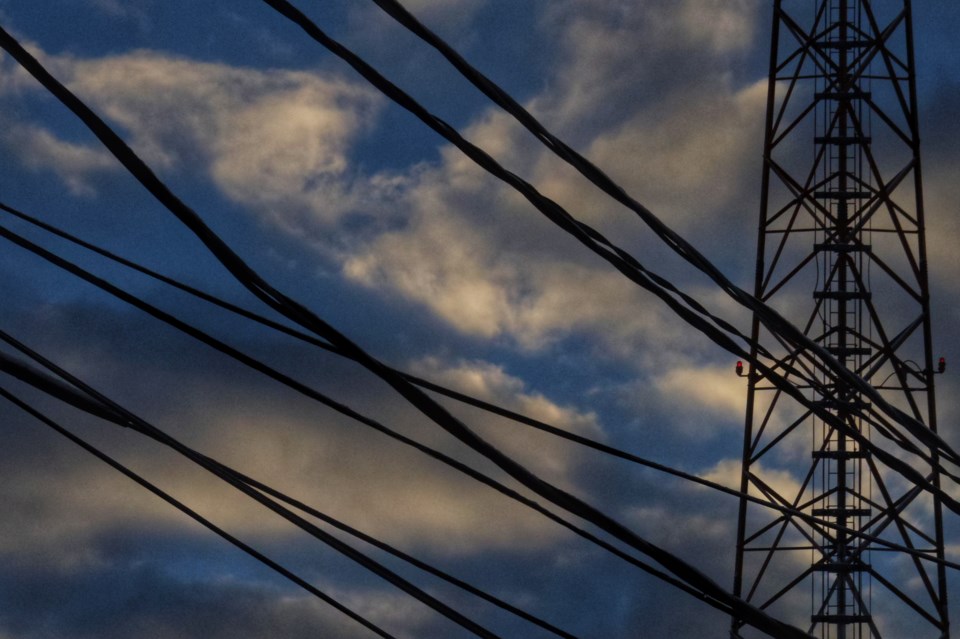It’s been two years since the city brought on Our Energy Guelph to reduce greenhouse gases in the community and while there isn’t much in the way of reductions, the groundwork has been laid for the planned launch of a residential retrofit program, among other efforts.
“I wish I had more tangible, specific (results) that I could point to, but to a large degree we’ve been preparing a way to get our energy efficiency retrofit program off the ground and that’s been occupying most of our attention,” explained Alex Chapman, Our Energy Guelph’s (OEG) executive director during a Tuesday presentation to council’s committee of the whole. “I believe Guelphites will take it up enthusiastically.”
The city agreed to provide OEG funding for two years, with potentially three more, as it works to help Guelph to become a net zero carbon community by 2050 – that’s residences, commercial, industry and institutions.
OEG is currently seeking $145,500 from the city in 2022, followed by $120,500 and $94,500 in subsequent years. In the first two years of its agreement with the city, OEG has received nearly $334,000, notes a staff report.
The agreement with OEG envisions it would receive most of its core funding from the city for its first five years of operation.
All five years worth of funding was allocated as part of a one-time dividend from the sale of Guelph Hydro, deputy CAO Jayme Holmes told GuelphToday via email, meaning if council agrees to finish out the agreement with OEB, budget approval is not required.
Additional funding prospects are being examined, Chapman said, including a grant from the Federation of Canadian Municipalities’ community efficiency financing program, as well as via fee for service consulting. A community climate investment fund is also in the works.
And with the launch of its residential retrofit program, he believes that will become a key revenue source at the same time as it works to bring down greenhouse gas emissions.
The retrofit program is intended to help property owners come up with the initial cost of upgrades aimed at improving efficiency and producing fewer emissions.
“We want to make it easy for people to do and we also want to provide financing for them,” said Chapman, who noted most homeowners don’t undertake such renovations. “Upfront capital costs are one of the single biggest barriers.”
Following an open discussion, council continued its conversation in-camera, as issues dealt with “personal matters about an identifiable individual.”
Chapman is currently the only OEB employee.
Afterward, back in open session, Guthrie explained council provided direction to staff and himself regarding OEG but didn’t go into detail about what that direction is.
During the open session councillors peppered the organization with questions about its progress to-date and timeline for achieving pollution reductions.
In response to a question about results from Mayor Cam Guthrie, OEB chair Alex Ciccone said he anticipates seeing an impact from the retrofit program in the next six months to a year as it launches.
“We’ve been working behind the scenes with a number of stakeholders and staff to figure out the optimal structure before we bring this forward,” he said. “I think that will grow rather rapidly.”
Coun. Leanne Caron questioned why OEB was focused on residential emissions when industry and institutions have much larger footprints and, potentially, yield greater results for individual projects.
“We’ve got lots of great plans, we’ve got lots of great big picture stuff and lots of great enthusiasm, but I’m struggling with how we are going to measure success in the short-term,” she said, adding she’d like to see “faster turnaround” of results.
Chapman pointed out large corporations are already under financial pressure to improve energy efficiency, and 80 per cent of homes the city will have in 2050 exist now.
“There is far less external motivators for households to take action than there is for industrial and commercial,” he said. “That’s what’s going to make a really significant difference in energy consumption and in carbon emissions.”
Buildings are responsible for 54.7 per cent of community-wide carbon pollution, Chapman noted earlier in the meeting. “It’s the biggest chunk of the pie in terms of eliminating carbon pollution in our community.”
In addition, OEB is investigating the potential of using city assets to produce renewable energy. As an example, Chapman cited the prospect of a third-party operator putting solar panels on the closed Eastview Road landfill site.
